Affiliate links on Android Authority may earn us a commission. Learn more.
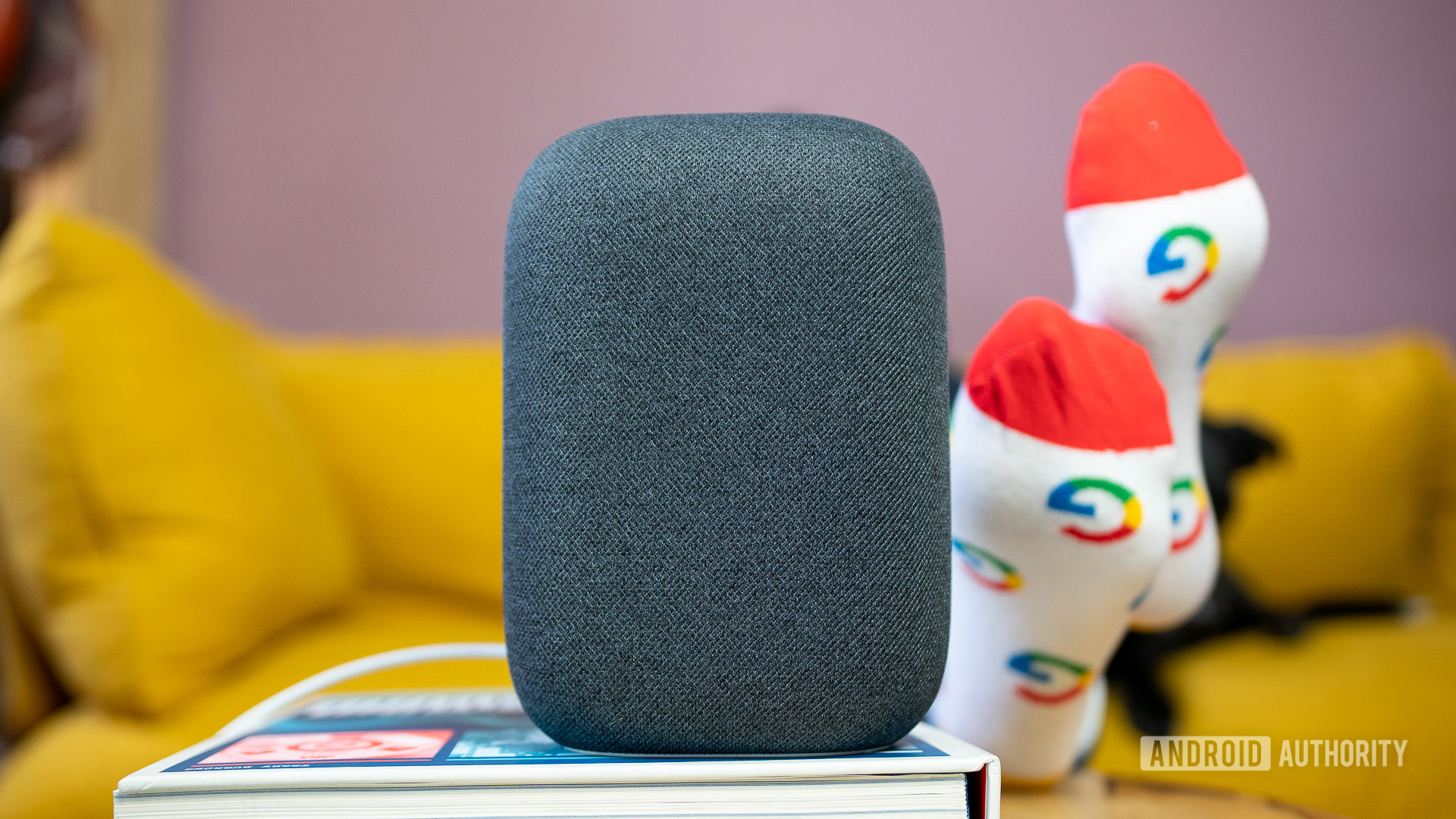

Google Nest Audio review: The smart speaker for anyone
March 14, 2023

Google Nest Audio
MSRP:
What we like
What we don't like

Google Nest Audio
The Google Nest Audio is the smart speaker you should trust, or at least that’s what Google hopes. This pillow-shaped smart speaker succeeds the original Google Home, and is affordable, versatile, and approachable. The Nest Audio doesn’t sound like a hi-fi sound system, because it’s not trying to be one. Instead, the Nest Audio is intended to be an accessible smart speaker for everyone. Let’s see how it holds up in the real world — and how it differs from the latest generation of the Amazon Echo — in our review.
Update, April 2022: This Google Nest Audio review was updated to address the addition of more regions with Apple Music support, add some alternative smart speaker options, add further details on how calls can be placed, and clarify some wording.
Update, March 2023: We’ve listed other supported streaming services, and improved many other small details.
Who should get the Google Nest Audio?
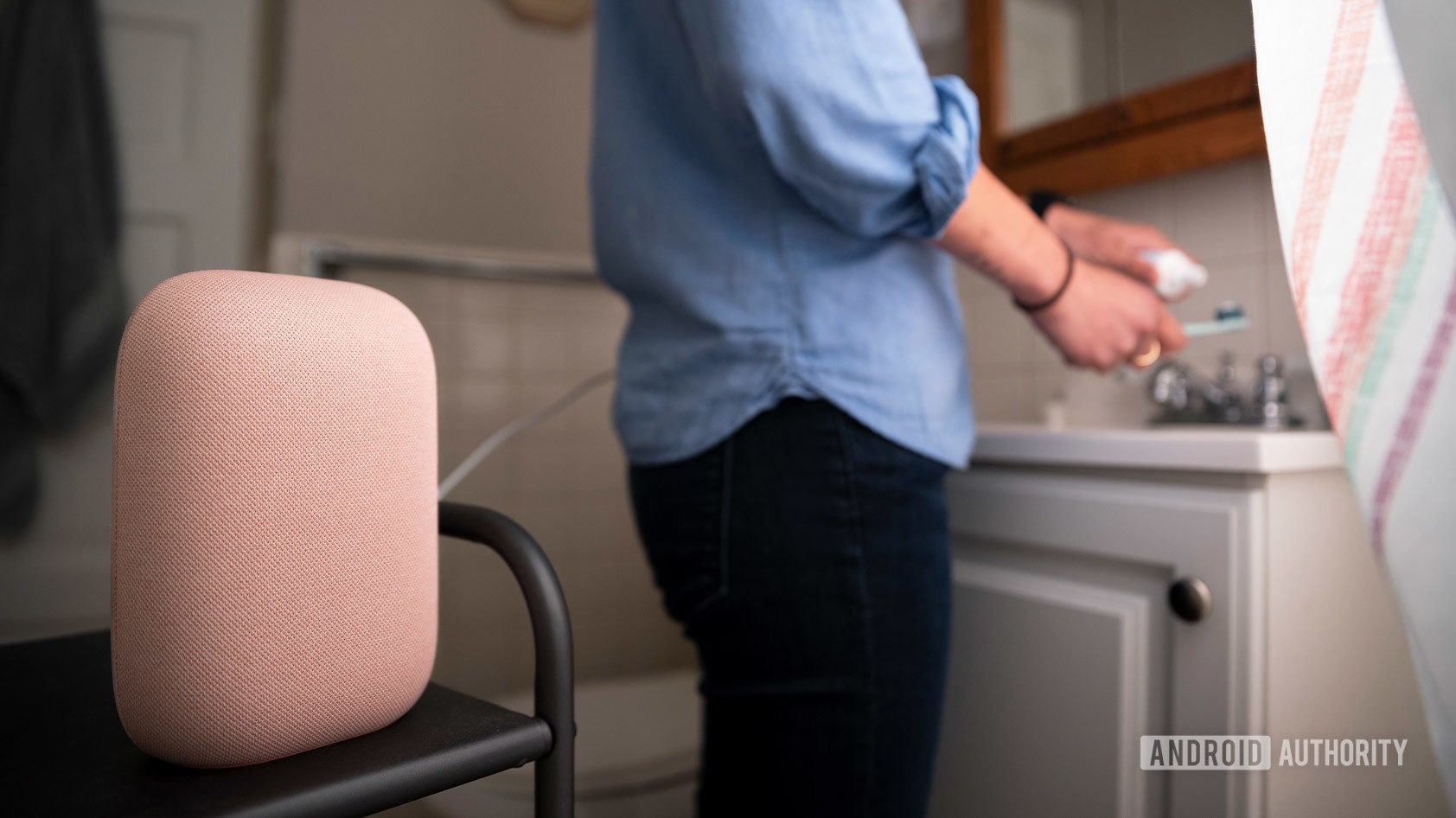
- Anyone can enjoy the Google Nest Audio; that’s the point. This little smart speaker takes minimal technical know-how to get it up and running.
- Google Assistant users already familiar with Google hardware and software will feel right at home.
- Music and podcast fanatics will appreciate how easy it is to stream media to the Nest Audio.
- Those invested in the Google ecosystem should add this speaker to their collection. It plays nicely with other Nest products, and supports stereo and multi-room playback.
Meet the Nest Audio
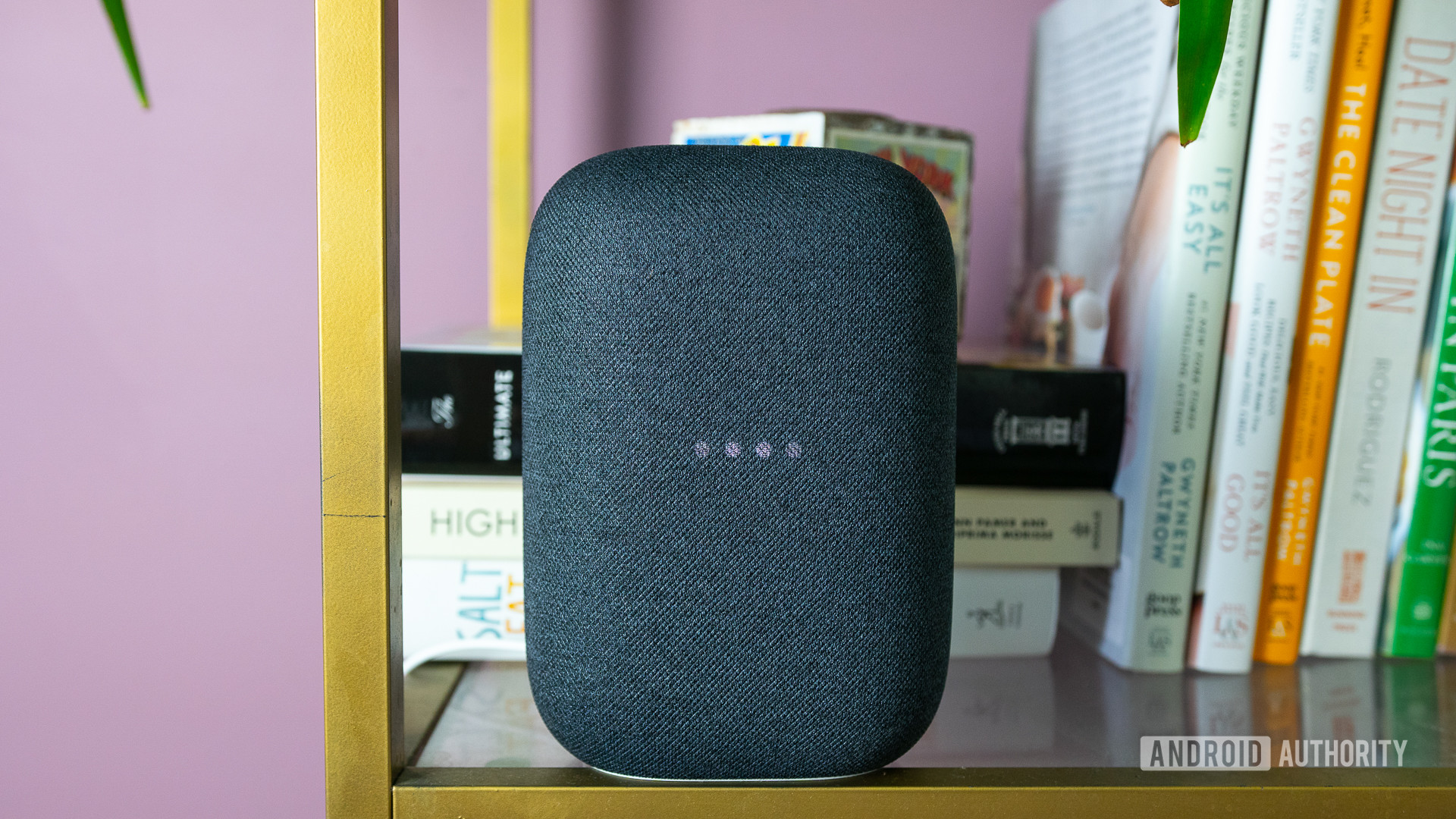
The Nest Audio is a smooth, nearly seamless device, with one line vertically bisecting it into front and back halves. A dedicated mute switch is the only physical toggle, which underscores Google’s push for privacy. When the mute switch is toggled on, all four LEDs glow amber until the speaker performs a new task.
Unlike the Google Nest Mini, the Nest Audio cannot be mounted on a wall. It has to stand vertically atop a flat surface. For the best sound reproduction, make sure the speaker is unobstructed and isn’t stuck facing the back of a bookshelf, TV, or wall.
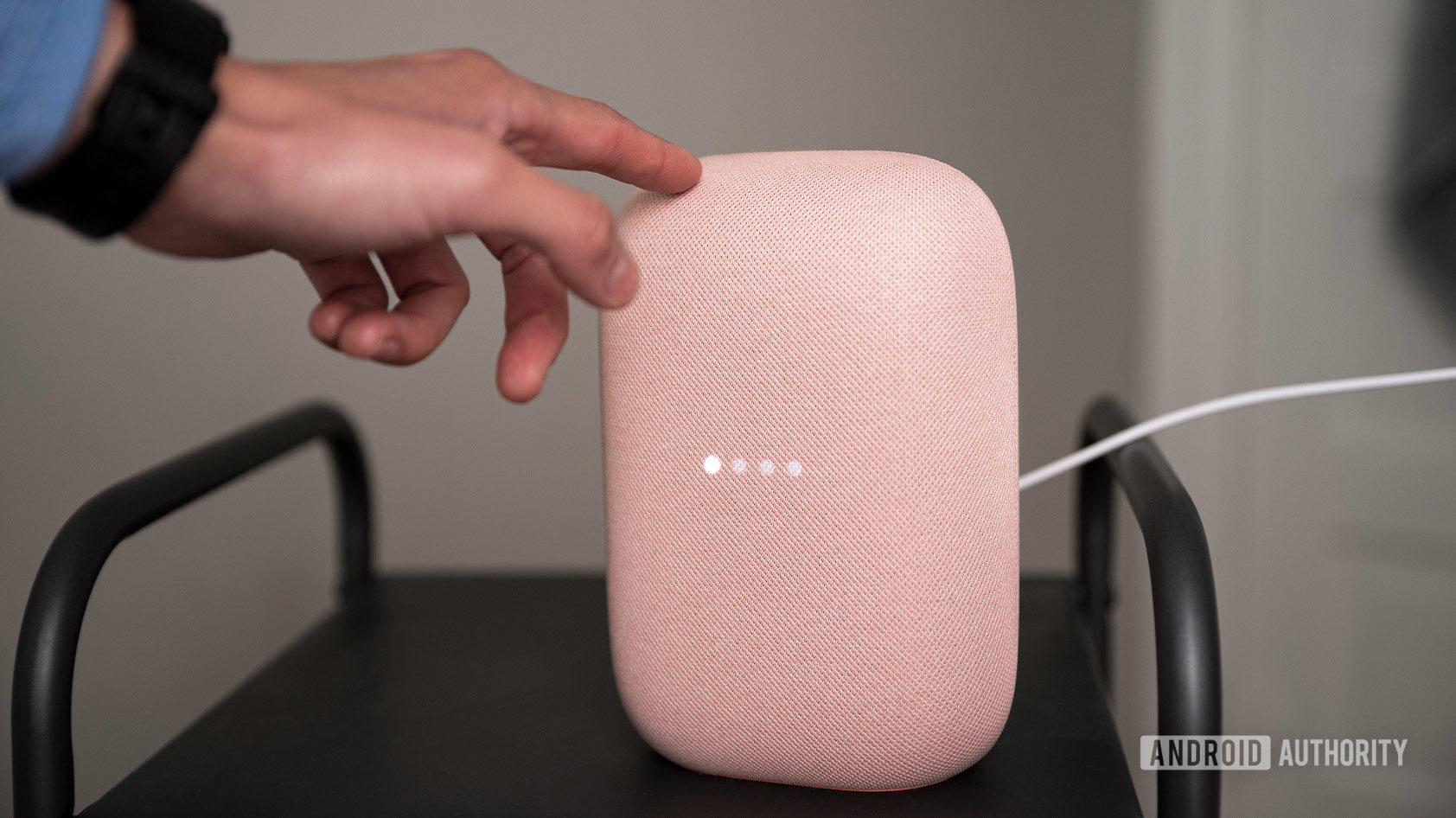
The top (near the seam) is broken into three hidden segments. These divisions serve as touch surfaces so you can manually control playback and volume. I found these controls to be a bit too sensitive on my review unit.
A few centimeters below the invisible controls rest the LED indicators that indicate Google Assistant use, Bluetooth pairing mode, and more.
Inside the speaker is a new machine learning chip. Once it becomes familiar with your habits and go-to commands, it will execute Google Assistant requests faster. During my five-day test period, I didn’t observe a marked increase in response time, but this may very well change as time goes on.
The Nest Audio is available in several color options: Charcoal, Chalk, Sage, Sand, and Sky. Other than that, all of the fancy features have to do with software, rather than hardware.
The only accessory Google provides with the Nest Audio is the DC power adapter.
How do Media EQ and Ambient IQ work?
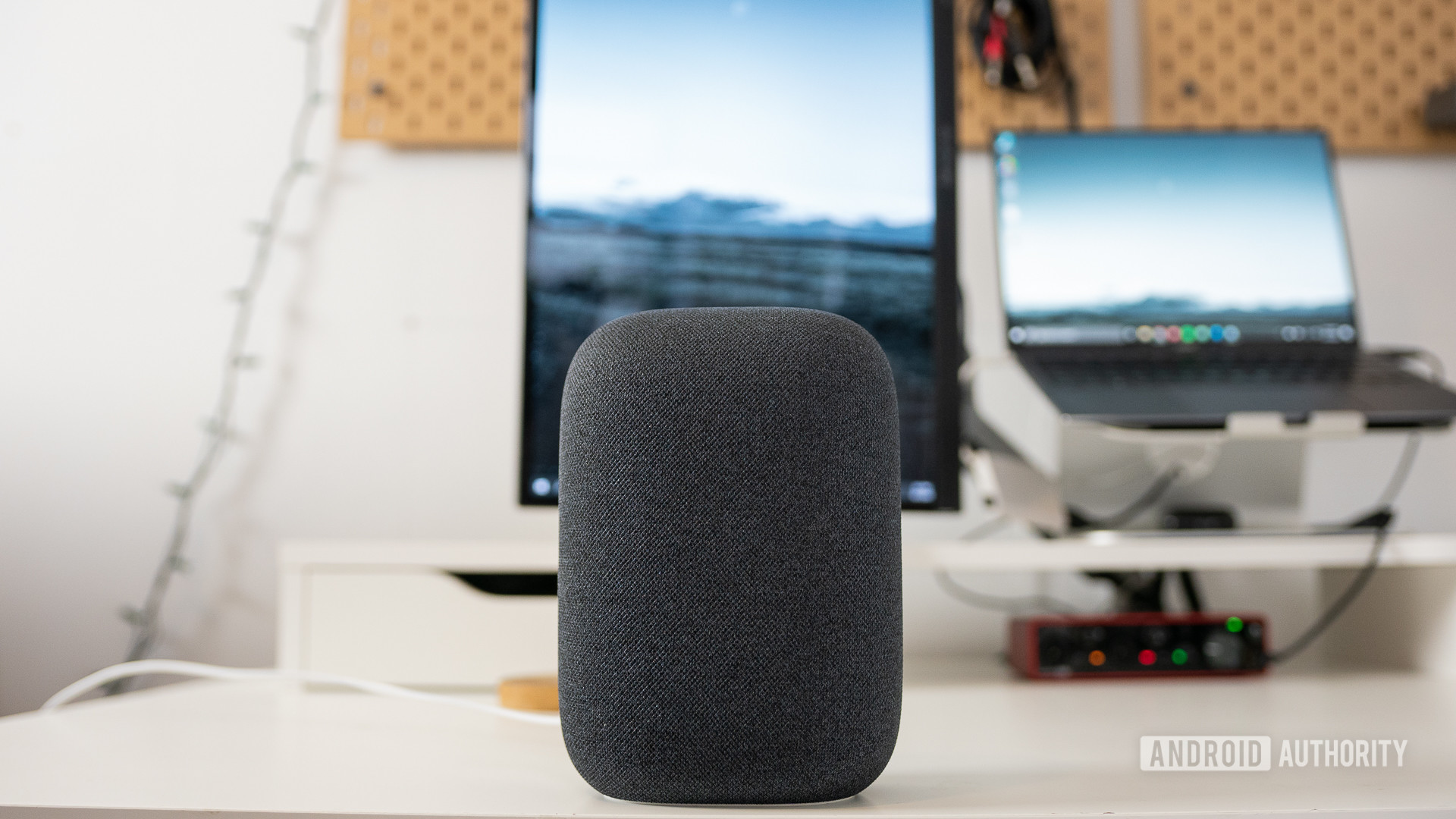
Media EQ and Ambient IQ streamline the listening experience by reducing the amount of time you need to spend adjusting the speaker.
Media EQ dynamically changes the sound signature of the Nest Audio depending on the type of media you choose. Simply put, the EQ will sound markedly different when you’re listening to your favorite DJ Shadow album compared with a podcast.
If you’d rather take manual control of sound, you can do that too in the Google Home app. Google provides users with a spartan equalizer that allows adjustment of treble and bass along a spectrum of “less” and “more” — not very granular.
Ambient IQ reliably increased the volume as I used a hairdryer and washed dishes near the speaker.
Ambient IQ is a bit different, and very useful for podcast and audiobook listeners. It automatically changes volume output based on environmental noise. Volume did, in fact, increase when I used a hairdryer near the speaker, and then decreased after I powered the dryer off.
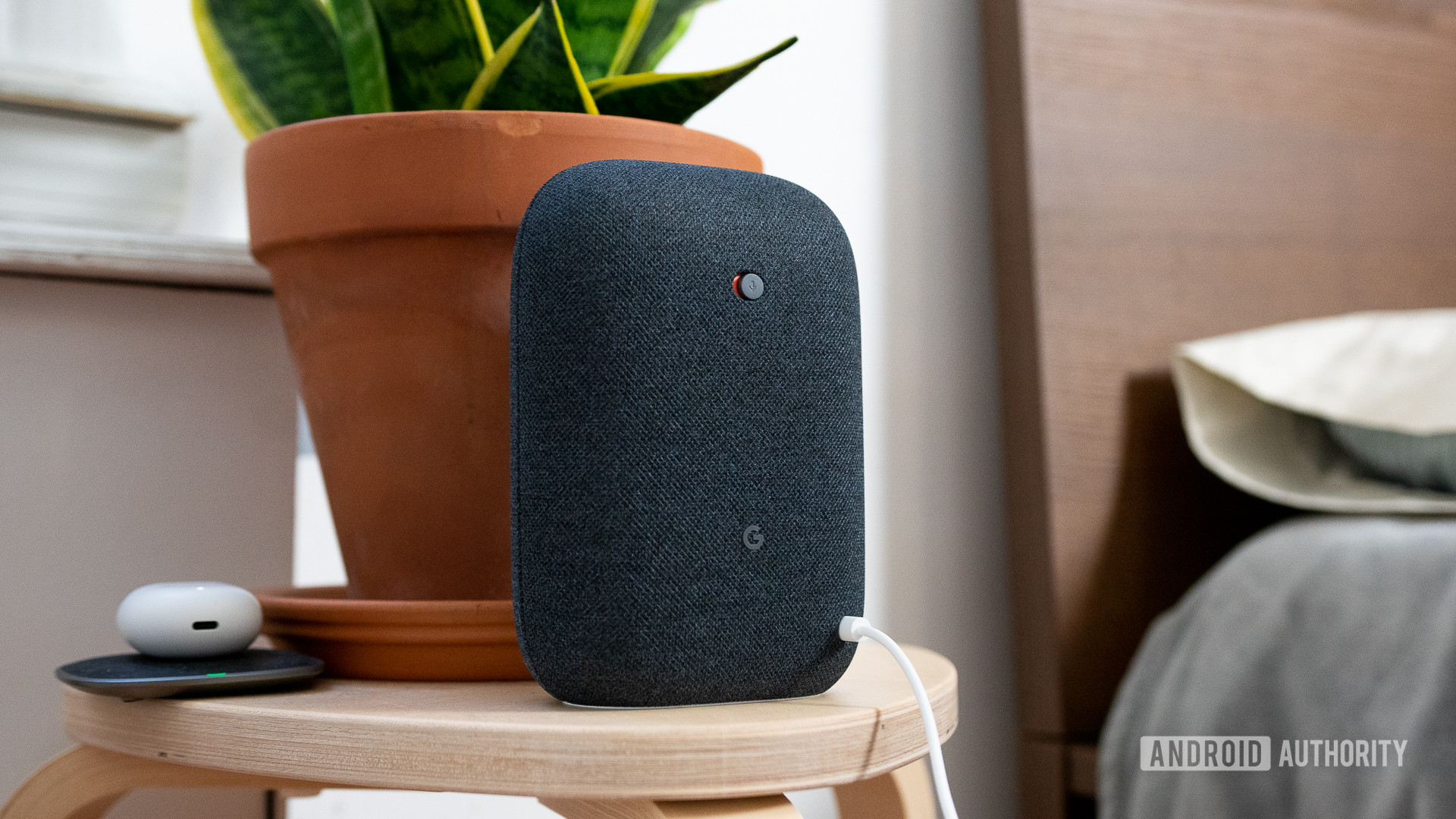
There are a few caveats to Ambient IQ: you need to enable the microphone, and it’s limited to spoken word content. Music volume doesn’t automatically increase with the Nest Audio, because Google understands spoken word and music content to be different — the former is usually the center of attention, while the latter is typically used in the background (e.g. ambiance for a dinner party).
The Nest Audio is easy to set up
Setting up the Nest Audio smart speaker takes little to no effort. All you have to do is download the Google Home app and follow its prompts for setting up a new speaker. Once you take the first step, as outlined in the minimal paperwork provided with the Nest Audio, in-app help guides you through the rest.
If you own multiple Nest displays or speakers, you can choose to “broadcast” to specific rooms or to the whole house. Just say “Hey Google, broadcast [your message]” to send a message to all your devices. While I didn’t find this useful in my one-bedroom apartment, it’s great for large homes. If your kids or roommates are scattered about and it’s time for dinner, the broadcast function is an easy way to get everyone’s attention without yelling.
Does the Nest Audio stream over Wi-Fi and Bluetooth?
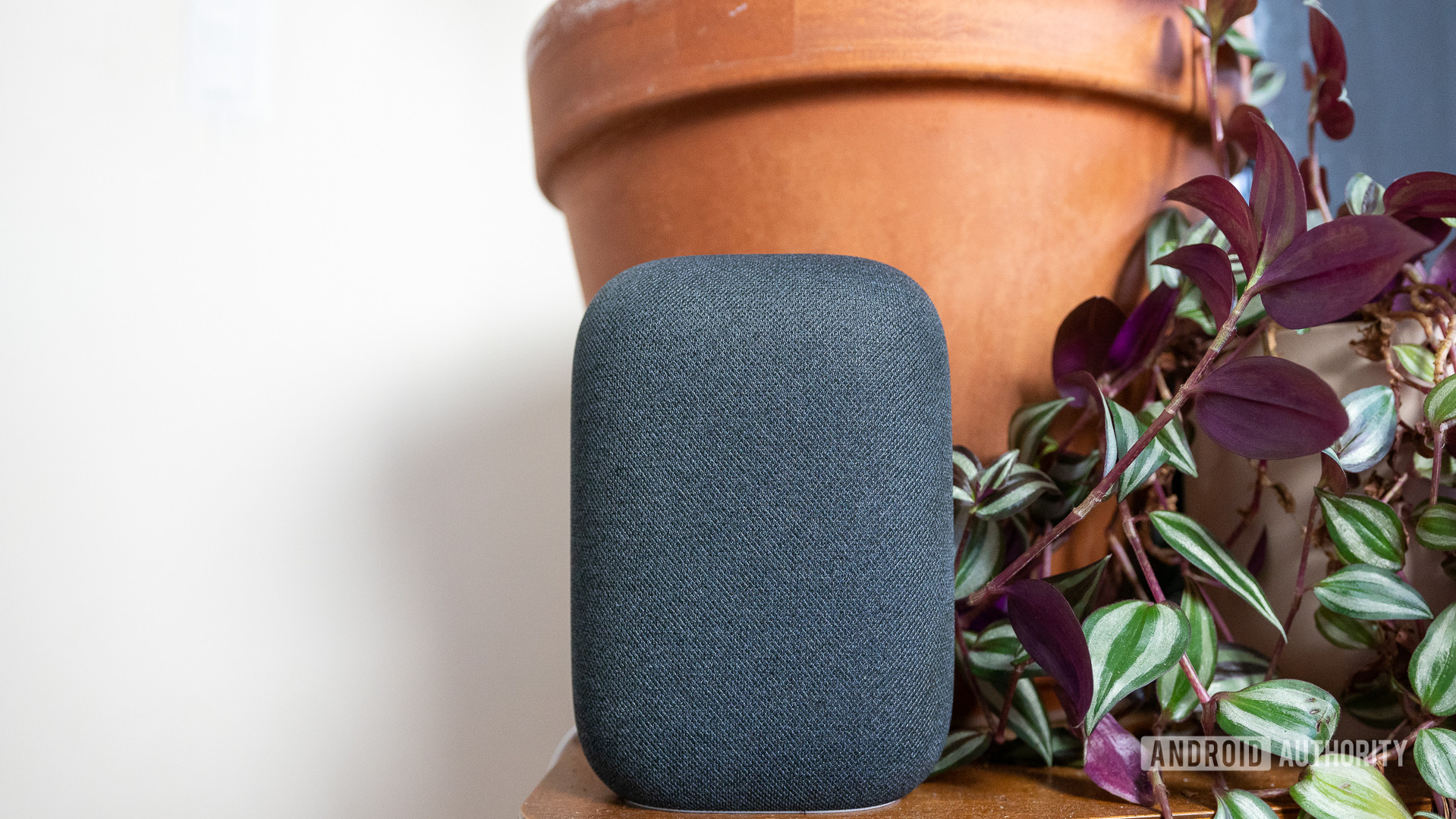
The easiest way to use the Nest Audio is via Wi-Fi (2.4 GHz/5 GHz). Since it has Google Cast built-in, you can cast directly from your phone, tablet, or computer directly to the speaker for high-quality audio. All you have to do is tap the cast button from your app, and choose the desired speaker. It supports FLAC, HE-AAC, LC-AAC, MP3, Opus Vorbis, WAV, and WebM Source audio formats.
The Nest Audio can stream directly from music sources such as Spotify, Deezer, Apple Music, and YouTube Music, all configured in the Google Home app. You can similarly ask Assistant to play from radio and podcast services such as TuneIn, SiriusXM, and Google Podcasts.
Alternately you can connect to the speaker via Bluetooth 5.0 over AAC or SBC. This is a great option for listeners who subscribe to services that don’t support casting. Sure, you don’t get the same ease of use as casting or Assistant commands, but pairing via Bluetooth is still easy. Just say, “Hey Google, enable Bluetooth pairing,” open your smartphone’s Bluetooth menu, and select your speaker.
The Nest Audio lacks a 3.5mm input. You also aren’t afforded an Ethernet port, which isn’t a huge deal, but it’s something the Sonos One (Gen 2) offers.
How do you charge the Nest Audio?
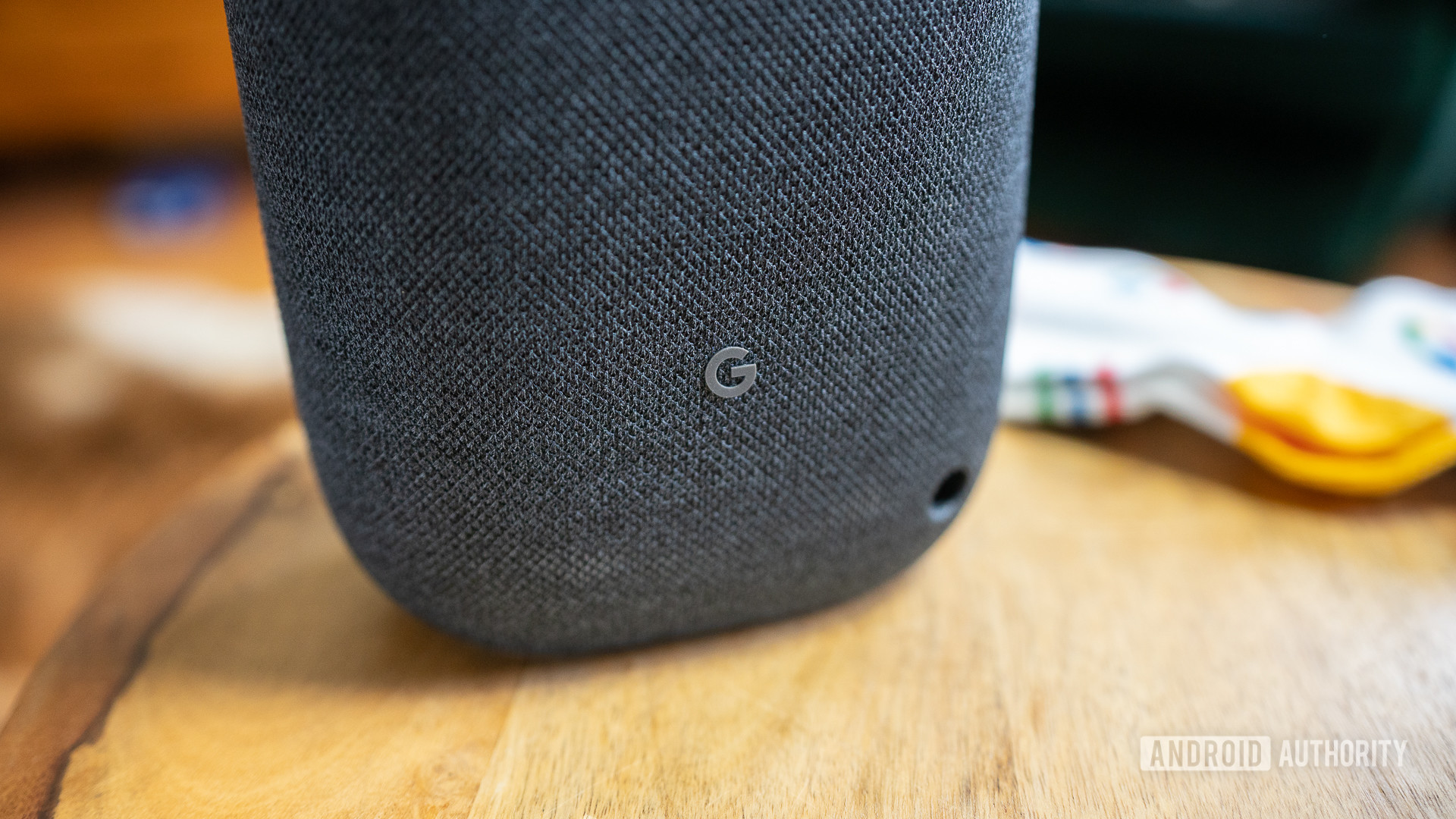
The Nest Audio requires constant power, so you don’t charge it. Instead it has to be connected to a 30W, 24V adapter at all times. Don’t worry though, its 1.5-meter cable affords some leeway, and the speaker is easy to move from room to room. If you want a fully portable speaker to accompany you on your next adventure, you’ll have to turn to dedicated options from the likes of JBL, Ultimate Ears, or Sonos.
How does the Google Nest Audio sound?
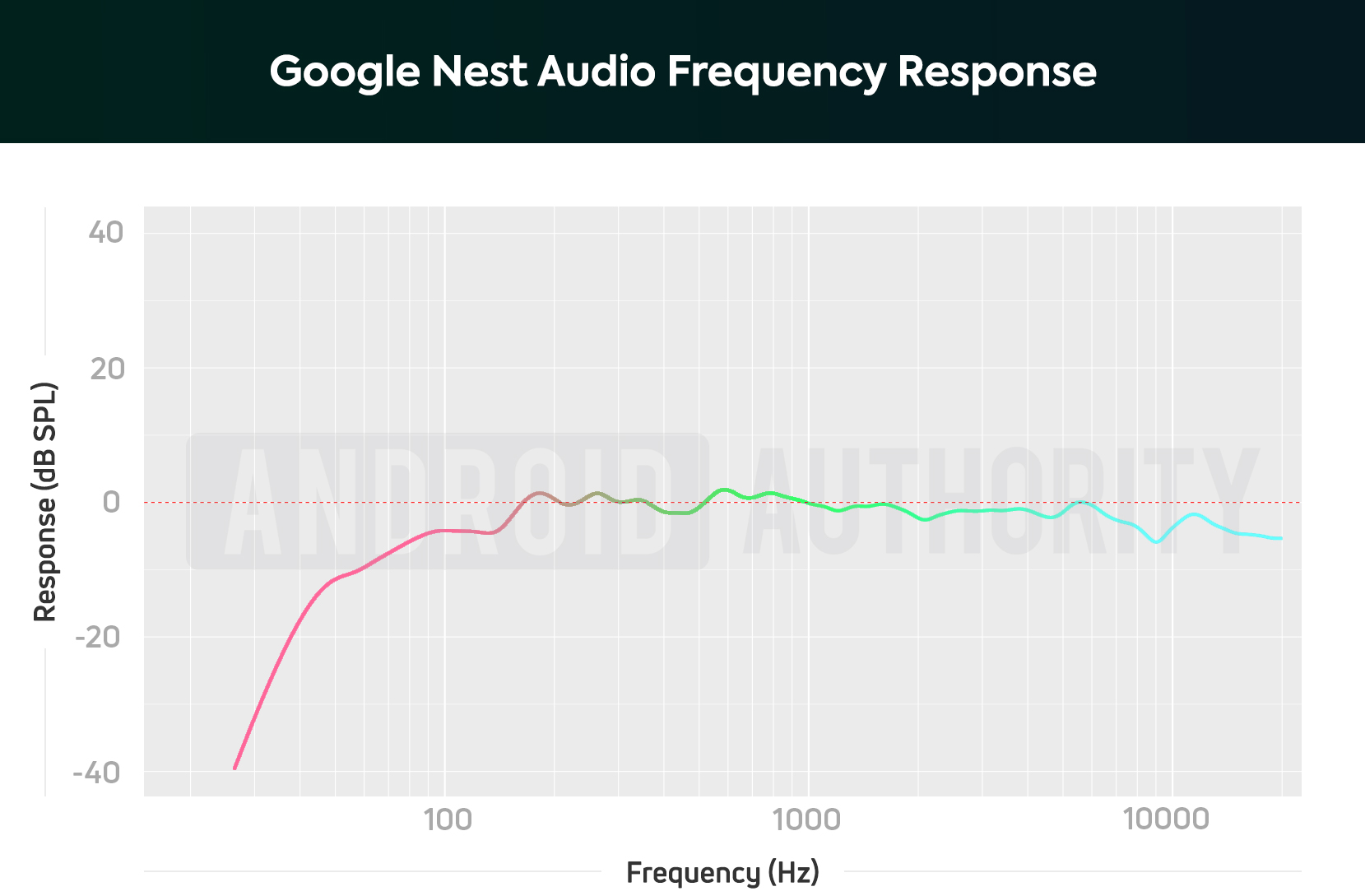
Google did a great job tuning the Nest Audio, which has a relatively neutral frequency response when reproducing sounds above 200Hz. This kind of sound signature handles all genres of music and spoken word content well, because there’s little change in frequency output (volume). What you’re left with is a sound that’s similar to what the audio engineers behind your favorite music intended. And if you have the latest firmware update installed, the audio profile during casting sounds quite enjoyable, too.
Now, Google bragged a lot about the Nest Audio’s bass reproduction, and at first glance, the frequency response chart seems to contradict that, but that isn’t the case. See, sub-bass notes are very hard for single-body speakers of this size to reproduce. The fact that mids (green) are less than twice as loud as mid- and upper-bass notes are very impressive. Sub-bass reproduction is a limitation of physics, hence why home theater systems include a separate subwoofer.
You won't feel a strong 'thump' from your music, but the Google Nest Audio's bass response is impressive for the speaker's size.
At the beginning of the song Read Receipts by Kyle Thornton & Company, the trumpets sound great even after the kick drum enters the fray. Brass instruments sound clear through the Nest Audio, and never masked Thornton’s vocals. This consistent detail is a positive consequence of the de-emphasized bass. Auditory masking is a non-issue, so it’s easy to process more auditory information at once.
Usually, treble notes sound poor from speakers like this because their distribution is uneven once it leaves the speaker chamber. However, the tweeter is surrounded by a little cone that helps guide and distribute high notes. Take a listen at 2:45, when cymbal hits present themselves. These sound clear through the Nest Audio but are usually quieted by exaggerated mids from other speaker sound signatures.
Can I use the Google Nest Audio for phone calls?
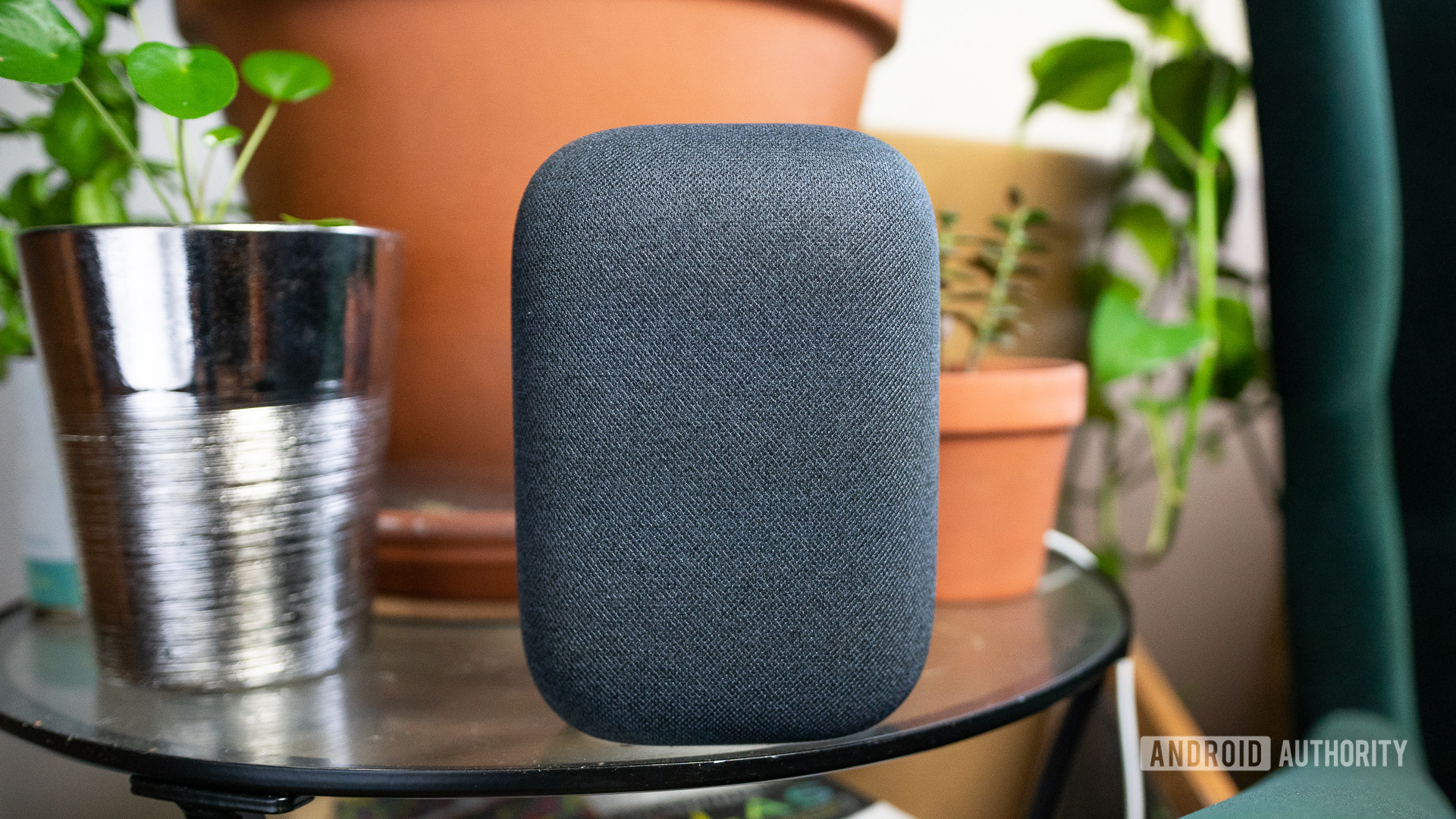
You can use the speaker to make and receive calls in up to three different ways depending on what region you’re in. If you’ve registered your Google account with Duo calling, you can even call non-Duo affiliated phone numbers, though you’re unable to make emergency calls from the speaker. Users in the US and Canada can also use Google-supported calling, but this only allows you to place outgoing audio calls, not receive them. Finally, there’s carrier calling, which requires you to sign up with scarce compatible plan providers. For this option, supported features may vary based on what the carriers themselves offer.
Three far-field microphones make up the microphone system and ensure voice reception from a distance, though sound quality is just okay. I called my mother and a few friends who all had similar feedback: I sounded muffled or distant, even if I was within a half a meter of the speaker. Generally, quality is fine but it’s dependent on where you’re standing relative to the speaker. Take a listen for yourself – I recorded the microphone demo below on my review unit.
Google Nest Audio microphone demo:
What data does Nest Audio collect?
We all know Google’s services are powered by data collection, and the Nest Audio is no exception. The company is rather transparent about the data it does and doesn’t collect, and even how it’s used and distributed.
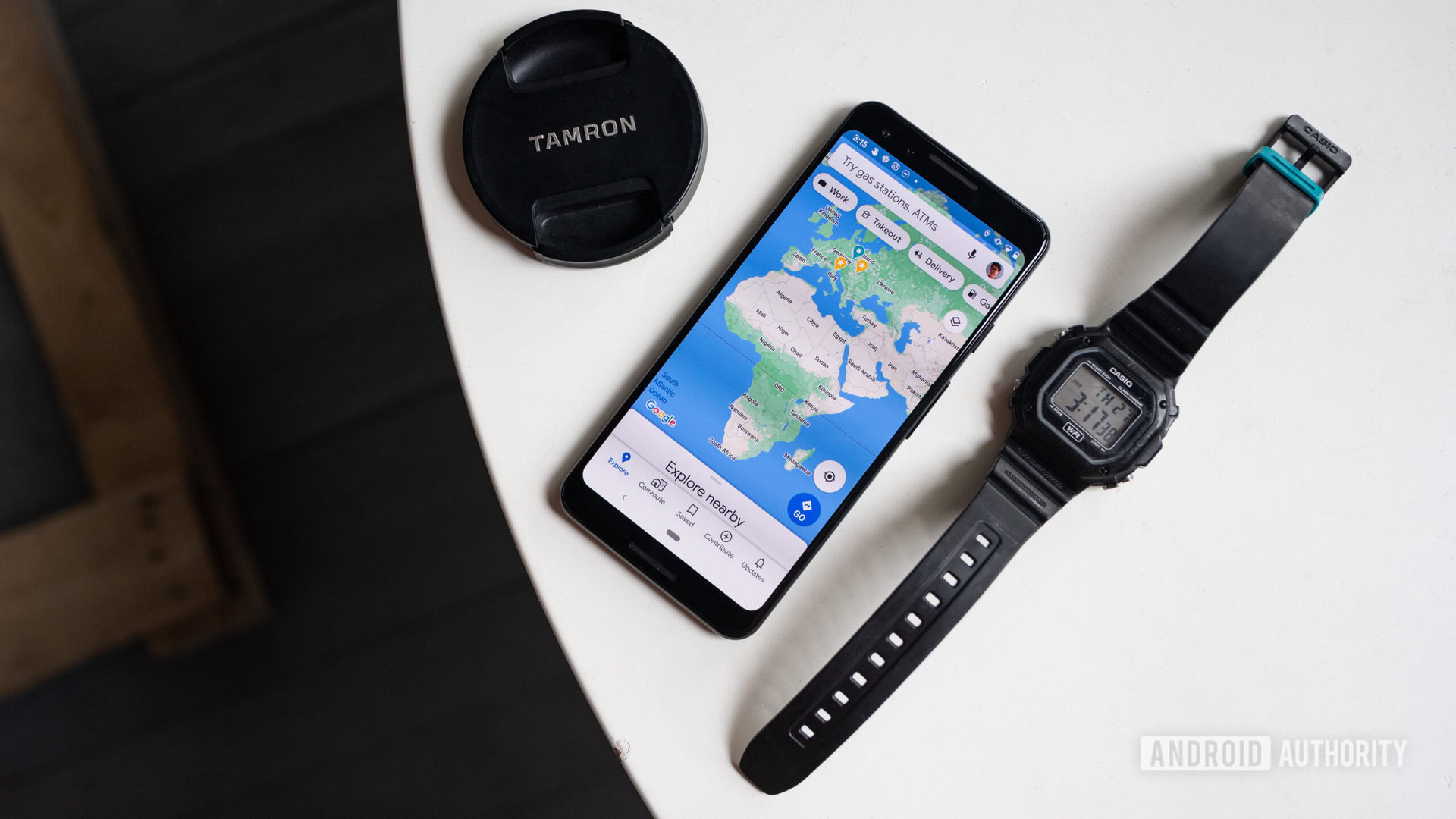
Google uncouples audio recordings from advertising, so your raw audio recordings aren’t used for ad personalization per se. Your voice isn’t nearly as important to the company as the content of what’s being said, and Google retains the right to use the transcript of your interactions with Google Assistant for ad personalization. This means anytime you purchase something via the Nest Audio’s Google Assistant, this data can be used to show you certain ads. To limit this, you can always opt out of Ad ID on your device.
Audio recordings themselves aren't used by Google for advertising purposes; instead, it uses audio recording transcripts.
Google’s servers only receive audio data when you interact with the speaker (i.e., you say “Hey Google”). You may access, review, and delete your audio recordings from your Google account at any time. Google only shares audio recordings with third-party affiliates when you use third-party services or apps on the Nest Audio. When using affiliated services with the Nest Audio, you’re subjected to each service’s privacy policy along with the Google privacy policy.
Google Nest Audio review: The verdict

The Google Nest Audio is a neat smart speaker that can do just about everything. Its playful, smart design is inviting and the price is fair for everything it affords. The Nest Audio easily blends into the background of any home and performs well, with few hiccups. Customers who don’t want to spend hundreds on their first smart speaker will comfortable and happy.
As good as the Nest Audio is, it has its shortcomings, and budget consumers will have a hard time justifying this speaker when the Nest Mini ($24.99) is a fraction of the cost. However, with no replacement for the larger, louder, and better Google Home Max forthcoming from Google, the Nest Audio is the best dedicated smart speaker you can buy from the search giant. Just don’t forget that the Nest Hub Max ($229) and even the Nest Hub (2nd gen) ($99) are both fantastic for those that want smart display functionality too.
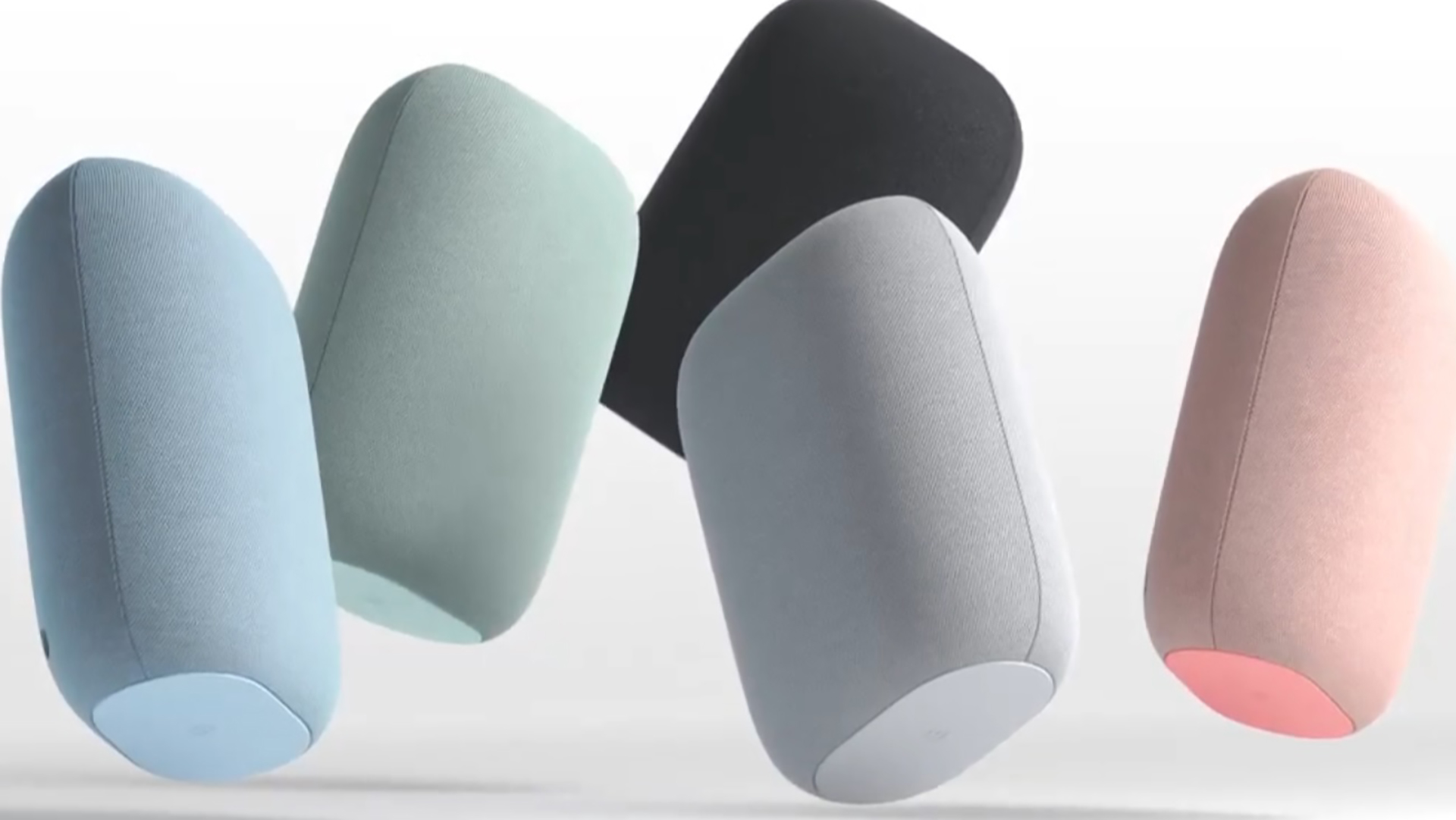
What are some other alternatives to the Google Nest Audio?
Google Nest Audio vs Amazon Echo (4th gen)
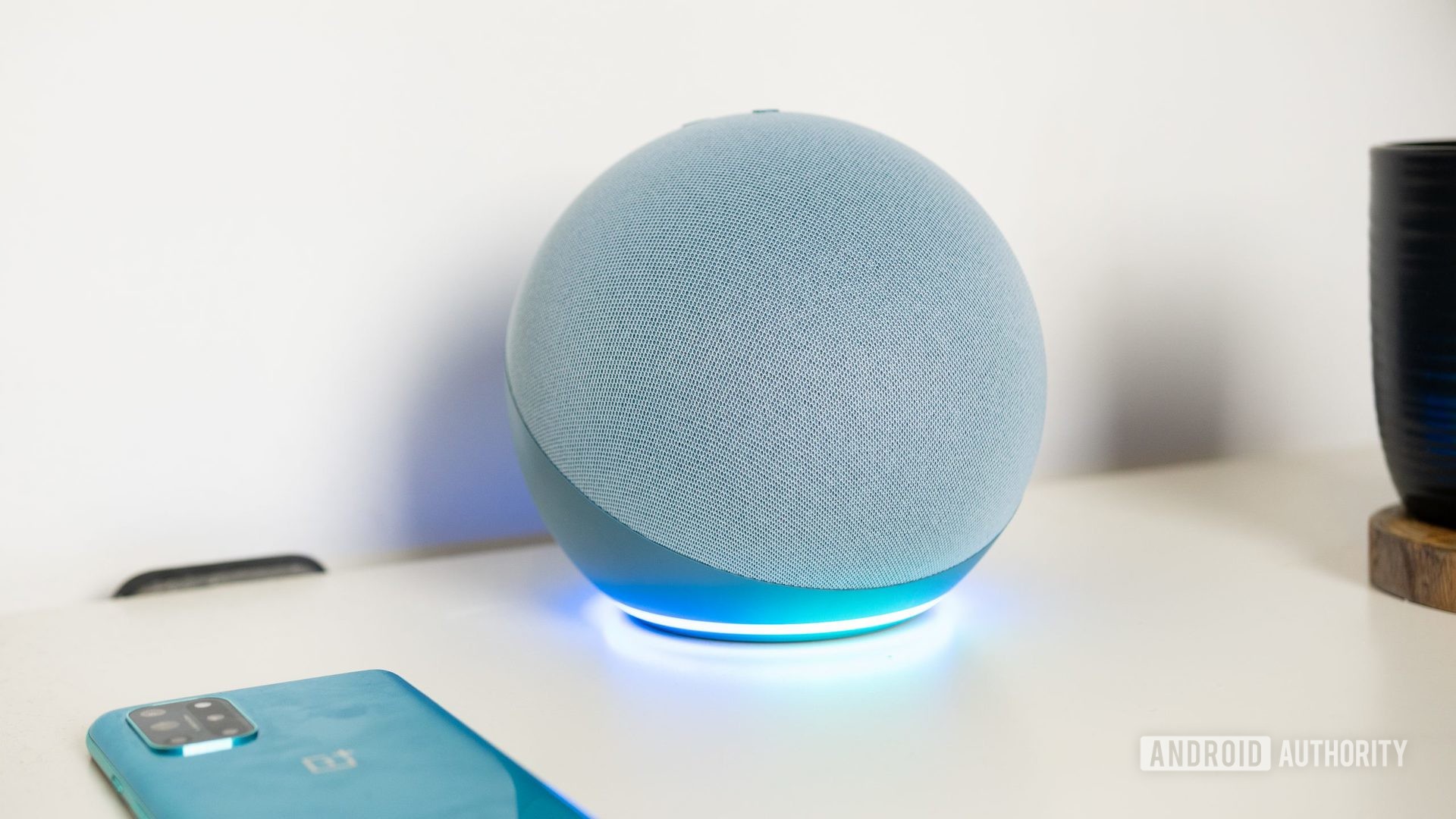
With these smart speakers, Google and Amazon have departed from the design language of their previous products. As we know, Google gave up the air freshener silhouette of the Google Home for a pillow-inspired appearance, while Amazon dropped all edges with the spherical Echo 4th gen ($99).
Both companies support a range of smart home brands like Philips Hue, Ecobee, and Kasa. However, only the Echo 4th gen integrates a Zigbee hub, which can be useful if you want the advantages of a hub-based ecosystem and you’re prepared to buy Zigbee-based accessories from brands like Ikea and Sengled.
While Google Assistant’s presence seems virtually inescapable, both Alexa and Google Assistant are useful, and many companies support both platforms. Still, Google is easier to interact with on a conversational level, while you have to be a bit more deliberate about commands with Alexa.
The Echo 4th gen has a 3.5mm input for wired playback, something the Nest Audio lacks. That said, the woofer and tweeters are nearly identical in size from one device to the other. The mids are quieter from Echo, so you might notice vocals being a bit harder to hear on it. This also extends to the highs at times, too.
What about the Apple HomePod Mini?
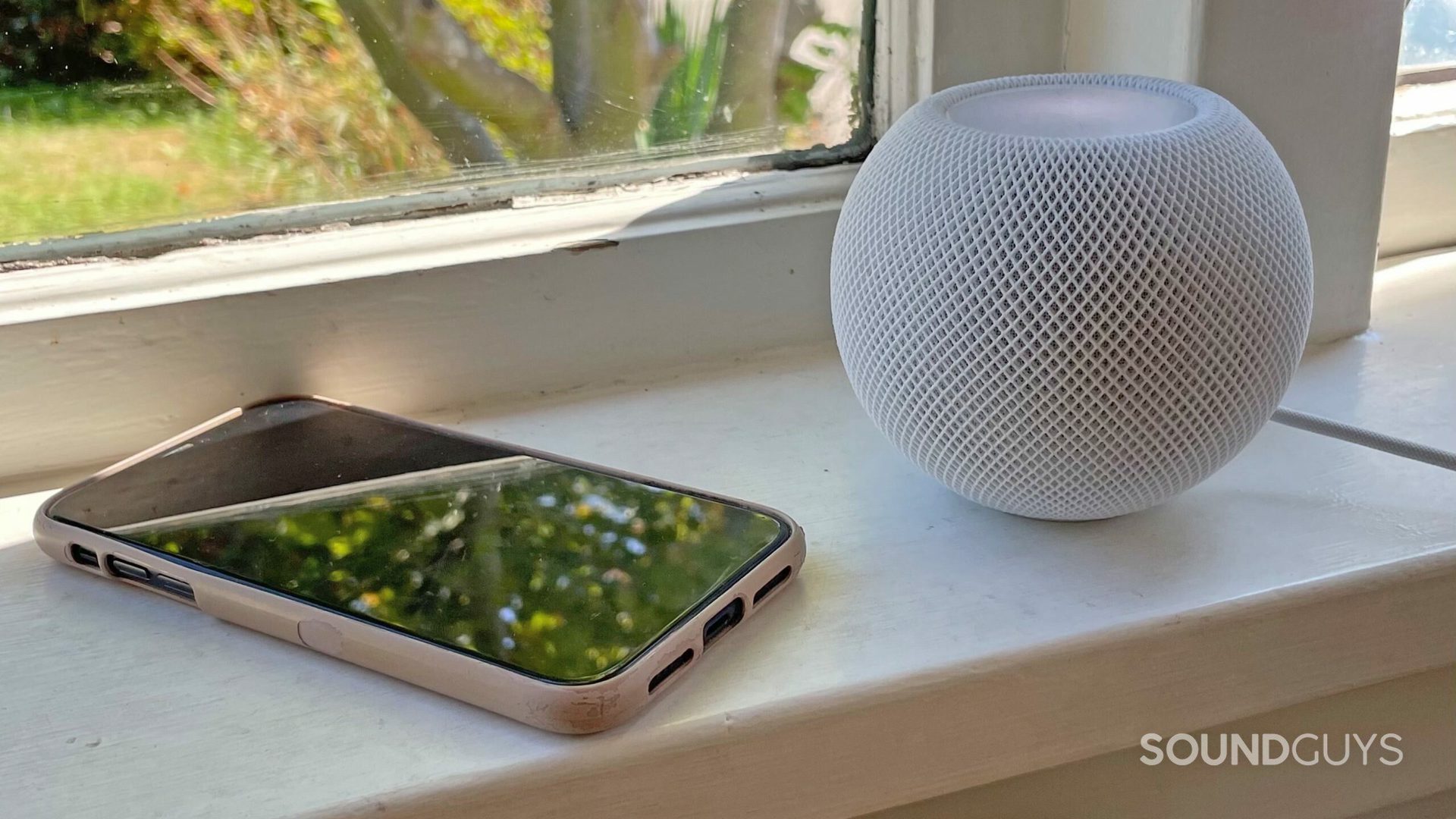
The Apple HomePod Mini ($99) is smaller than the Nest Audio, and has many of the same features. It uses Apple’s Siri voice assistant, however, and it’s heavily Apple-focused in other ways, to the point you need an iPhone or iPad just for setup. It also can’t stream over Bluetooth, and if you’re not using Apple Music, Deezer, or Pandora, you’ll probably be casting to it via AirPlay or an Apple TV. If you already have many other Apple devices and an iPhone, this smart speaker may very well slot into your life nicely.
Thank you for being part of our community. Read our Comment Policy before posting.